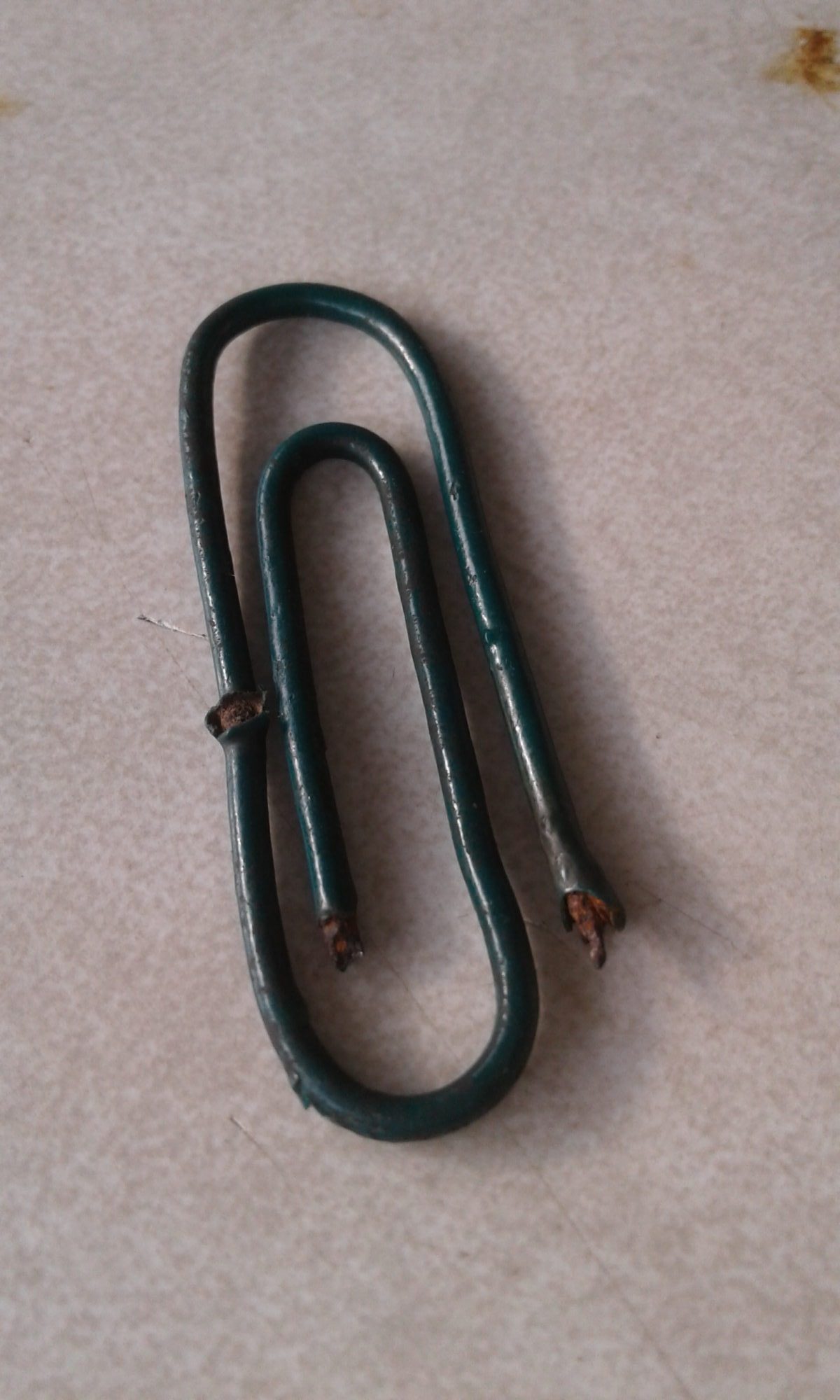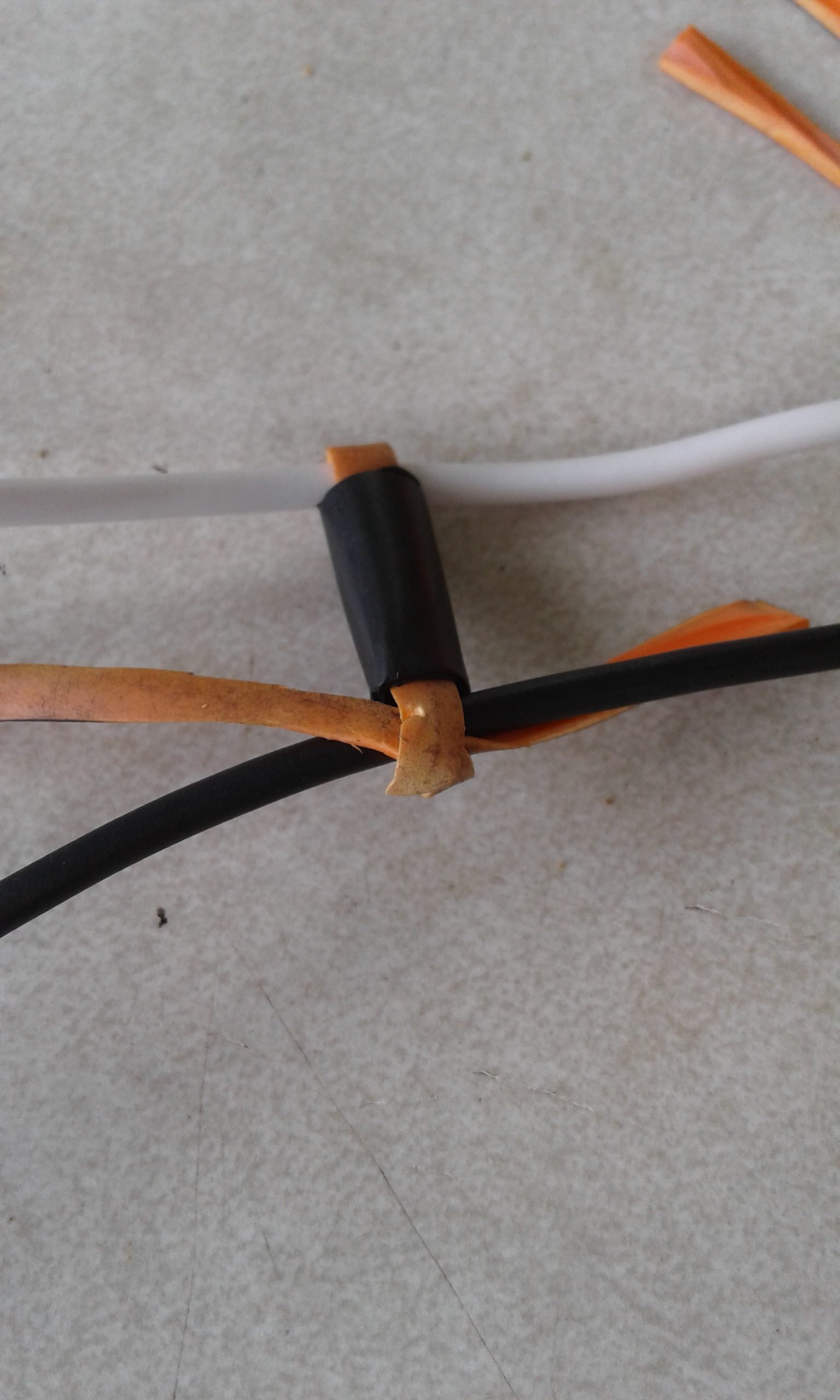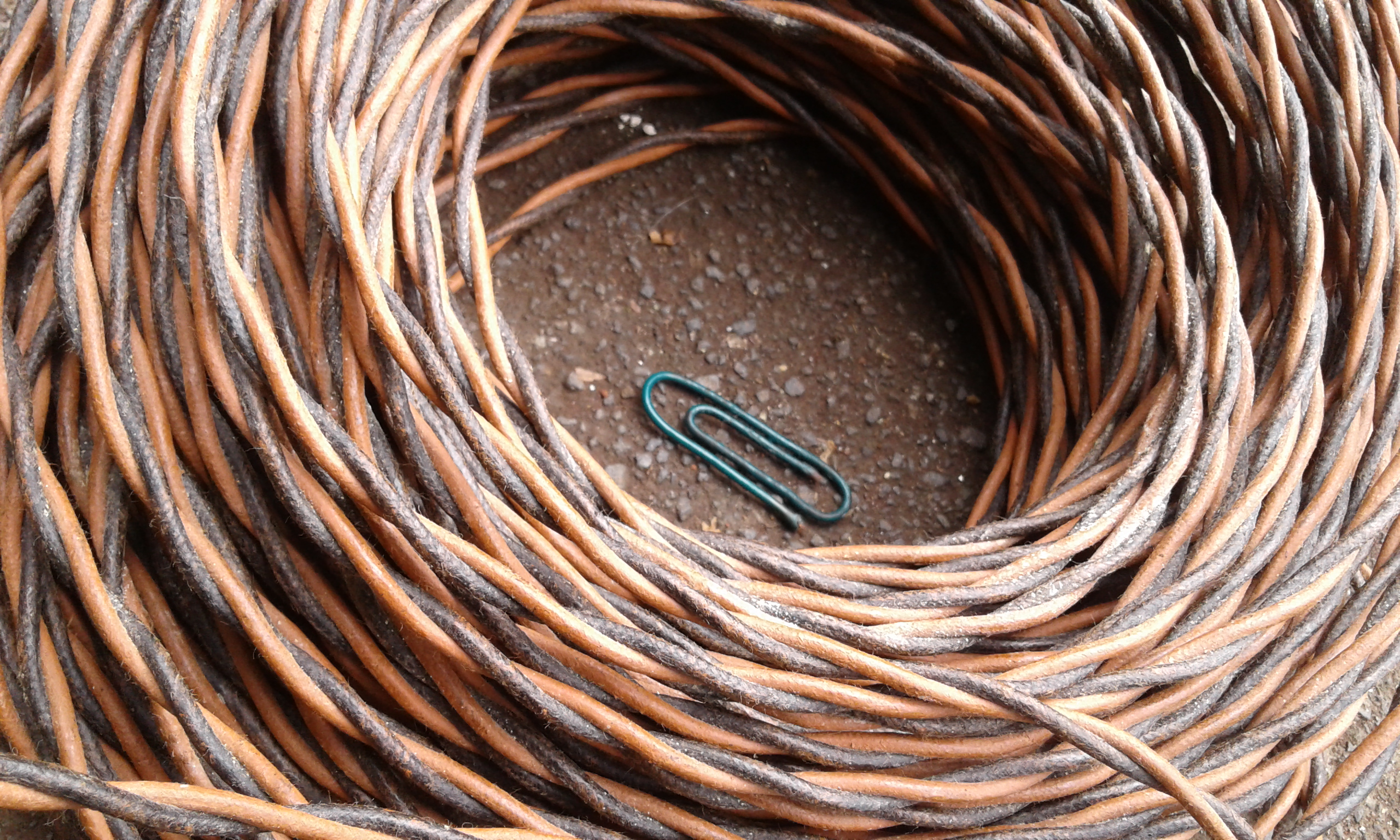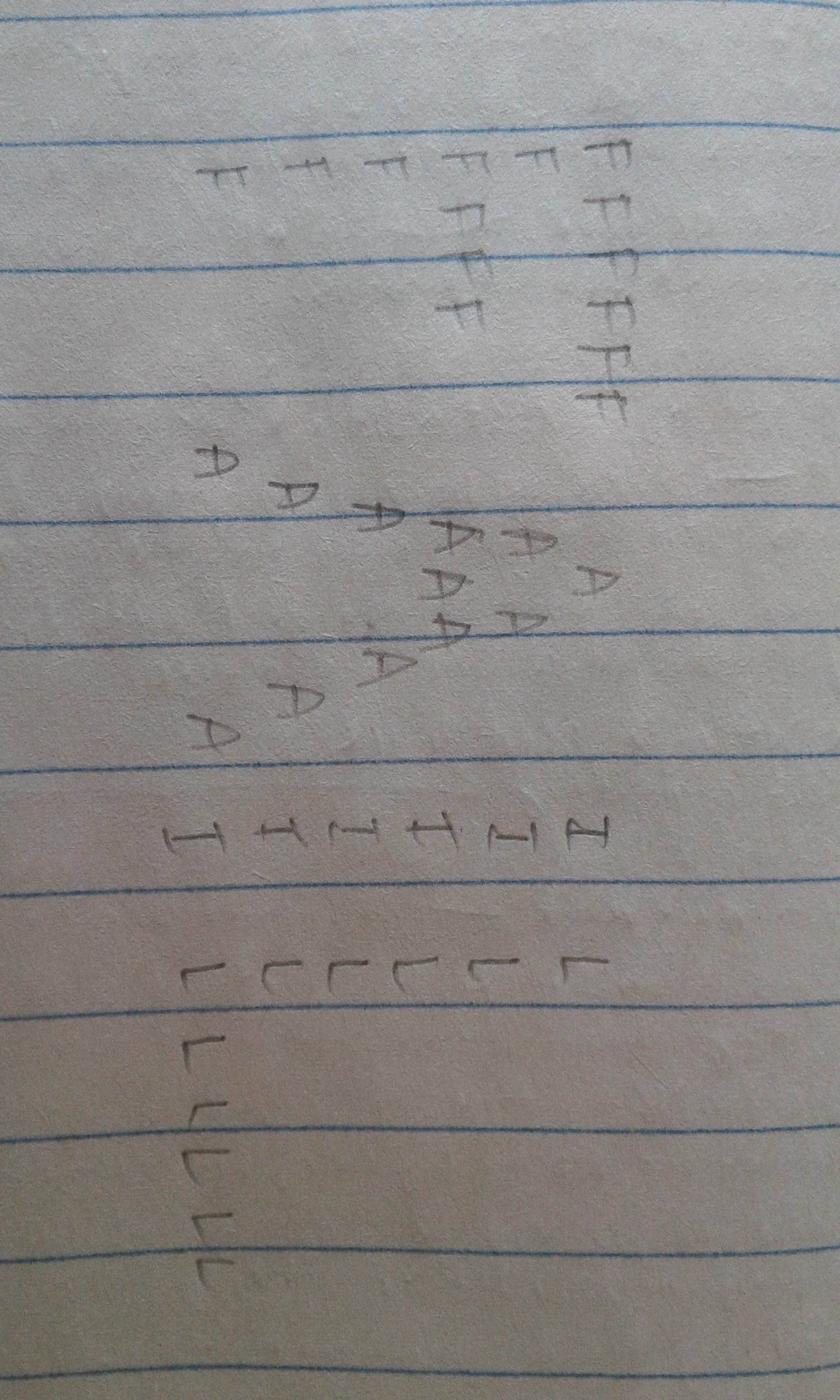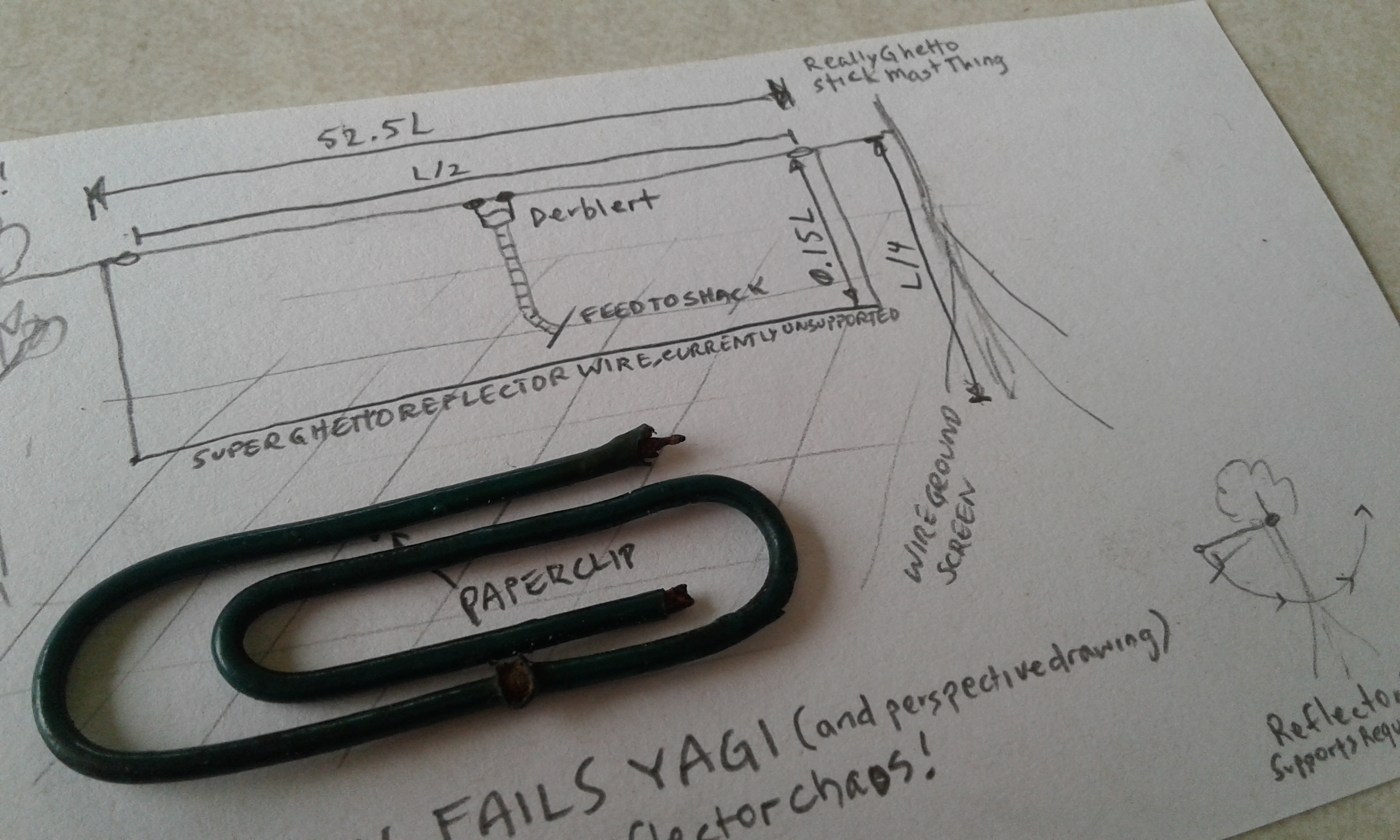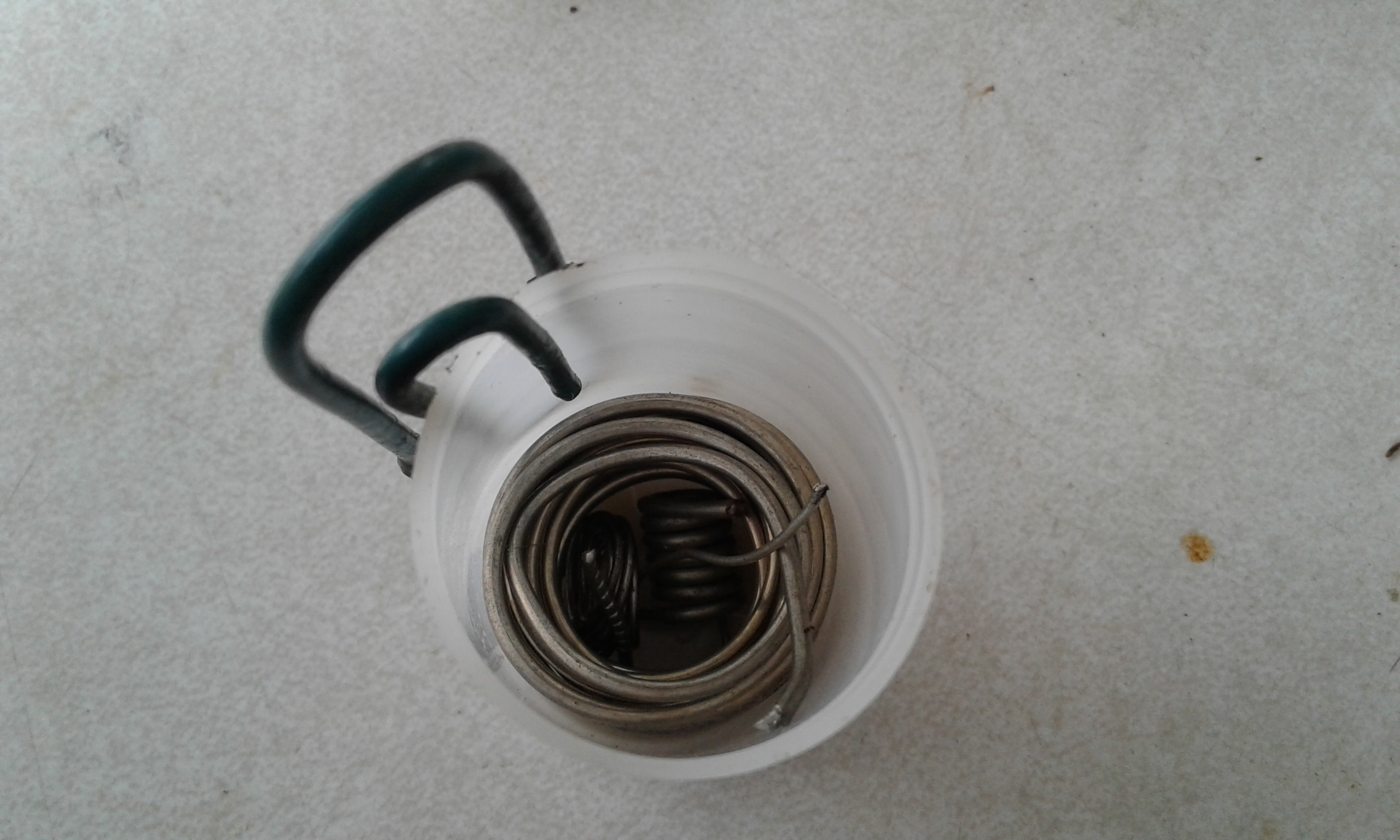Πώς Να Εγκαταστήσετε Την Εφαρμογή Betriot Casino Στη Συσκευή Σας
Table of Contents
- Καταλληλότητα Συσκευών Για Την Εφαρμογή Betriot Casino
- Σημαντικά Βήματα Για Την Εγκατάσταση Της Εφαρμογής
- Ανάγκη Για Δημιουργία Λογαριασμού Στο Betriot Casino
- Η Διαδικασία Λήψης Της Εφαρμογής Στο Android
- Πώς Να Εγκαταστήσετε Την Εφαρμογή Στο iOS
- Επιλογές Ρυθμίσεων Μετά Την Εγκατάσταση
- Συχνές Ερωτήσεις Σχετικά Με Την Εφαρμογή Betriot Casino
- Πλεονεκτήματα Χρήσης Της Εφαρμογής Betriot Casino
- Αναβάθμιση Και Συντήρηση Της Εφαρμογής Betriot Casino
- Συμπέρασμα Για Την Εγκατάσταση Της Εφαρμογής
Καταλληλότητα Συσκευών Για Την Εφαρμογή Betriot Casino
Η εφαρμογή Betriot Casino έχει σχεδιαστεί για να λειτουργεί σε διάφορες συσκευές, συμπεριλαμβανομένων smartphones και tablets. Είναι σημαντικό να έχετε μια συσκευή που πληροί τις ελάχιστες απαιτήσεις, ώστε να μπορείτε να απολαύσετε μια απρόσκοπτη εμπειρία παιχνιδιού. Οι χρήστες Android θα πρέπει να διαθέτουν τουλάχιστον Android 5.0 και άνω, ενώ οι χρήστες iOS χρειάζονται iOS 12 ή νεότερη έκδοση.
Επιπλέον, η συσκευή σας θα πρέπει να έχει αρκετό αποθηκευτικό χώρο ώστε να χωράει την εφαρμογή, καθώς και μια σταθερή σύνδεση στο διαδίκτυο. Συνιστάται να ελέγχετε τακτικά τις ενημερώσεις του συστήματός σας για να διασφαλίσετε ότι η εφαρμογή λειτουργεί ομαλά και χωρίς προβλήματα. Εάν δεν πληροίτε τις απαιτήσεις, μπορεί να αντιμετωπίσετε καθυστερήσεις ή σφάλματα κατά τη διάρκεια του παιχνιδιού.
Σημαντικά Βήματα Για Την Εγκατάσταση Της Εφαρμογής
Η διαδικασία εγκατάστασης της εφαρμογής Betriot Casino είναι σχετικά απλή και μπορεί να ολοκληρωθεί σε λίγα μόνο βήματα. Αρχικά, επισκεφθείτε την επίσημη ιστοσελίδα του Betriot casino για να ξεκινήσετε τη λήψη της εφαρμογής. Είναι σημαντικό να κάνετε λήψη από την επίσημη πηγή για να αποφύγετε τυχόν κίνδυνο από κακόβουλο λογισμικό.
Αφού κατεβάσετε το αρχείο εγκατάστασης, θα πρέπει να ελέγξετε τις ρυθμίσεις ασφαλείας της συσκευής σας. Στις ρυθμίσεις Android, μπορείτε να επιτρέψετε την εγκατάσταση εφαρμογών από άγνωστες πηγές. Αυτό είναι ένα κρίσιμο βήμα, καθώς οι περισσότερες συσκευές προεπιλογής μπλοκάρουν την εγκατάσταση εφαρμογών εκτός του Google Play Store. Μόλις ολοκληρώσετε αυτές τις ρυθμίσεις, μπορείτε να προχωρήσετε στην εγκατάσταση της εφαρμογής.
Ανάγκη Για Δημιουργία Λογαριασμού Στο Betriot Casino
Πριν μπορέσετε να χρησιμοποιήσετε την εφαρμογή Betriot Casino, θα πρέπει να δημιουργήσετε έναν λογαριασμό. Η διαδικασία αυτή είναι απλή και απαιτεί μόνο λίγα λεπτά. Ανοίξτε την εφαρμογή και επιλέξτε την επιλογή “Εγγραφή”. Θα σας ζητηθεί να συμπληρώσετε ορισμένα βασικά δεδομένα, όπως το όνομά σας, τη διεύθυνση ηλεκτρονικού ταχυδρομείου σας και τον αριθμό τηλεφώνου σας.
Είναι σημαντικό να χρησιμοποιήσετε μια έγκυρη διεύθυνση ηλεκτρονικού ταχυδρομείου, καθώς θα χρειαστεί να επιβεβαιώσετε τον λογαριασμό σας μέσω ενός συνδέσμου που θα σας σταλεί. Μετά την επιβεβαίωση, μπορείτε να εισέλθετε στην εφαρμογή και να αρχίσετε να παίζετε. Επίσης, φροντίστε να διαλέξετε έναν ισχυρό κωδικό πρόσβασης για να προστατεύσετε τα προσωπικά σας δεδομένα.
Η Διαδικασία Λήψης Της Εφαρμογής Στο Android
Για να εγκαταστήσετε την εφαρμογή Betriot Casino σε συσκευή Android, ακολουθήστε τα παρακάτω βήματα. Αρχικά, ανοίξτε τον περιηγητή σας και επισκεφθείτε την επίσημη ιστοσελίδα του Betriot Casino. Εκεί θα βρείτε την επιλογή για λήψη της εφαρμογής. Πατήστε στο σχετικό κουμπί και περιμένετε να ολοκληρωθεί η λήψη.
Μόλις ολοκληρωθεί η λήψη, αναζητήστε το αρχείο APK στον φάκελο λήψεων της συσκευής σας. Πατήστε πάνω του για να ξεκινήσετε τη διαδικασία εγκατάστασης. Η συσκευή σας θα σας ζητήσει επιβεβαίωση για την εκτέλεση της εγκατάστασης. Αφού ολοκληρωθεί, μπορείτε να ανοίξετε την εφαρμογή και να ξεκινήσετε το παιχνίδι σας.
Πώς Να Εγκαταστήσετε Την Εφαρμογή Στο iOS
Η διαδικασία εγκατάστασης της εφαρμογής Betriot Casino σε συσκευές iOS είναι λίγο διαφορετική. Για να ξεκινήσετε, ανοίξτε το App Store της συσκευής σας. Στην αναζήτηση, πληκτρολογήστε “Betriot Casino” και αναζητήστε την επίσημη εφαρμογή. Μόλις τη βρείτε, πατήστε το κουμπί “Λήψη” για να ξεκινήσει η διαδικασία.
Αφού ολοκληρωθεί η λήψη, η εφαρμογή θα εμφανιστεί στην αρχική οθόνη της συσκευής σας. Για να την ανοίξετε, απλώς κάντε κλικ πάνω της. Αν ζητηθεί, επιβεβαιώστε την εγκατάσταση από το App Store. Μετά την εγκατάσταση, μπορείτε να δημιουργήσετε ή να εισέλθετε στον λογαριασμό σας και να αρχίσετε το παιχνίδι.
Επιλογές Ρυθμίσεων Μετά Την Εγκατάσταση
Αφού εγκαταστήσετε την εφαρμογή Betriot Casino, είναι καλή ιδέα να προσαρμόσετε ορισμένες ρυθμίσεις σύμφωνα με τις προτιμήσεις σας. Ξεκινήστε από το μενού ρυθμίσεων της εφαρμογής, όπου μπορείτε να ρυθμίσετε ειδοποιήσεις, να διαχειριστείτε τον λογαριασμό σας και να προσαρμόσετε τις προτιμήσεις παιχνιδιού σας.
Επιπλέον, μπορείτε να ελέγξετε τις ρυθμίσεις ασφαλείας, όπως την ενεργοποίηση της επαλήθευσης δύο παραγόντων για να διασφαλίσετε ότι ο λογαριασμός σας είναι προστατευμένος. Εάν παίζετε συχνά, είναι επίσης χρήσιμο να παρακολουθείτε την ιστορία παιχνιδιών και τις συναλλαγές σας, γεγονός που θα σας βοηθήσει να διαχειριστείτε καλύτερα τον χρόνο και τα χρήματά σας.
Συχνές Ερωτήσεις Σχετικά Με Την Εφαρμογή Betriot Casino
Κατά τη διάρκεια της διαδικασίας εγκατάστασης της εφαρμογής Betriot Casino, ενδέχεται να προκύψουν ορισμένες συχνές απορίες. Μια από τις πιο κοινές ερωτήσεις είναι αν η εφαρμογή είναι δωρεάν. Η απάντηση είναι ναι, η εφαρμογή είναι δωρεάν για λήψη και χρήση, αλλά οι παίκτες πρέπει να είναι προετοιμασμένοι για πιθανά έξοδα κατά την διάρκεια του παιχνιδιού.
Άλλη συχνή ερώτηση αφορά την ασφάλεια της εφαρμογής. Η Betriot Casino χρησιμοποιεί προηγμένα πρωτόκολλα ασφαλείας για να διασφαλίσει ότι τα προσωπικά και οικονομικά σας στοιχεία είναι απολύτως ασφαλή. Εάν έχετε οποιαδήποτε ανησυχία, μπορείτε να ελέγξετε τις κριτικές και τις αξιολογήσεις της εφαρμογής στο διαδίκτυο για να επιβεβαιώσετε την αξιοπιστία της.
Πλεονεκτήματα Χρήσης Της Εφαρμογής Betriot Casino
Η χρήση της εφαρμογής Betriot Casino προσφέρει αρκετά πλεονεκτήματα σε σχέση με την απλή πρόσβαση μέσω περιηγητή. Ένα από τα κυριότερα πλεονεκτήματα είναι η ταχύτητα. Οι εφαρμογές συνήθως φορτώνουν πολύ πιο γρήγορα σε σύγκριση με τους ιστότοπους, γεγονός που ενισχύει την εμπειρία παιχνιδιού.
Ένα άλλο πλεονέκτημα είναι η δυνατότητα πρόσβασης σε ειδικές προσφορές και μπόνους αποκλειστικά για τους χρήστες της εφαρμογής. Αυτές οι προσφορές μπορεί να περιλαμβάνουν δωρεάν περιστροφές ή επιπλέον μπόνους κατάθεσης που δεν είναι διαθέσιμα στους χρήστες του ιστότοπου. Επιπλέον, η εφαρμογή παρέχει μια πιο φιλική προς τον χρήστη διεπαφή που διευκολύνει την πλοήγηση και την επιλογή παιχνιδιών.
Αναβάθμιση Και Συντήρηση Της Εφαρμογής Betriot Casino
Η αναβάθμιση της εφαρμογής Betriot Casino είναι απαραίτητη για τη διατήρηση της καλύτερης δυνατής εμπειρίας παιχνιδιού. Οι προγραμματιστές της Betriot συχνά κυκλοφορούν ενημερώσεις που περιλαμβάνουν νέες δυνατότητες, βελτιώσεις ασφαλείας και διορθώσεις σφαλμάτων. Είναι σημαντικό να διατηρείτε την εφαρμογή σας ενημερωμένη για να αποφεύγετε τυχόν προβλήματα κατά τη διάρκεια του παιχνιδιού.
Για να ελέγξετε αν υπάρχουν διαθέσιμες ενημερώσεις, μπορείτε να επισκεφθείτε το App Store ή το Google Play Store, ανάλογα με την πλατφόρμα σας. Εάν η εφαρμογή σας έχει ρυθμιστεί να ενημερώνεται αυτόματα, θα λαμβάνετε τις πιο πρόσφατες ενημερώσεις χωρίς να χρειάζεται να κάνετε τίποτα. Διαφορετικά, βεβαιωθείτε ότι ελέγχετε τακτικά για να διασφαλίσετε ότι έχετε την πιο πρόσφατη έκδοση.
Συμπέρασμα Για Την Εγκατάσταση Της Εφαρμογής
Η εγκατάσταση της εφαρμογής Betriot Casino είναι μια απλή διαδικασία που μπορεί να ολοκληρωθεί σε λίγα λεπτά. Ακολουθώντας τα βήματα που αναλύθηκαν παραπάνω, μπορείτε να απολαύσετε το παιχνίδι με ασφάλεια και ευκολία. Είτε είστε χρήστης Android είτε iOS, η Betriot προσφέρει μια ομαλή εμπειρία που μπορεί να σας κρατήσει ενθουσιασμένους με τη μεγάλη ποικιλία παιχνιδιών που προσφέρει.
Αξιοποιήστε τα πλεονεκτήματα που προσφέρει η εφαρμογή, όπως η ταχύτητα και οι αποκλειστικές προσφορές. Επιπλέον, φροντίστε να διατηρείτε την εφαρμογή σας ενημερωμένη και ασφαλή, ώστε να απολαμβάνετε το παιχνίδι σας χωρίς ανησυχίες. Με την Betriot Casino, οι δυνατότητες είναι απεριόριστες!
